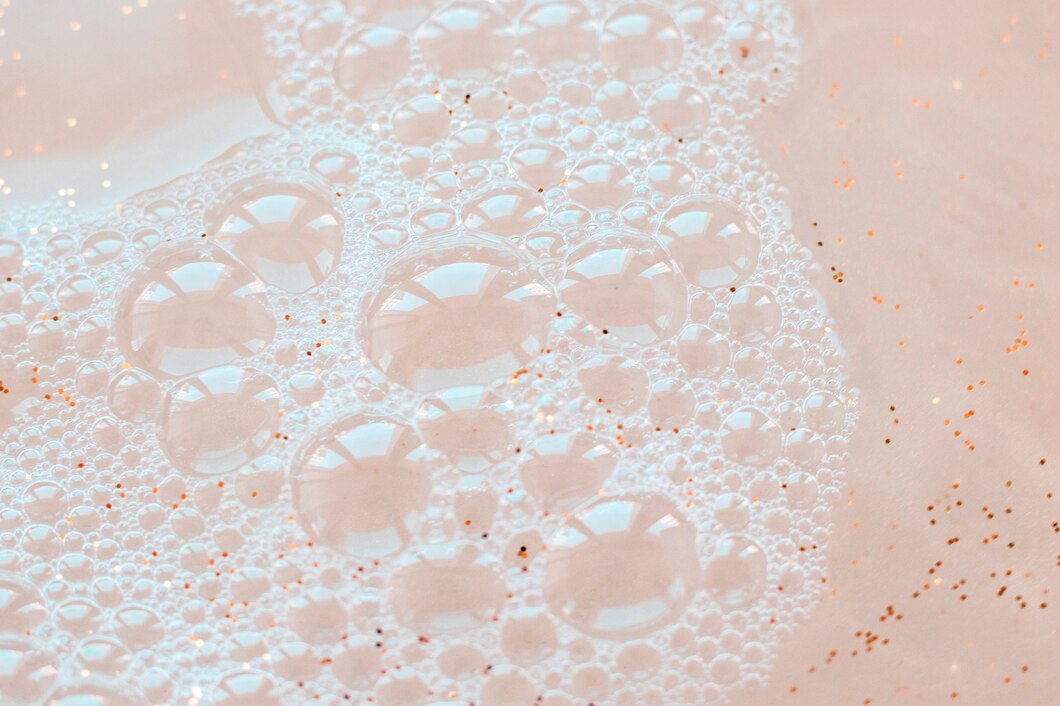Have you ever wondered how cleaning products effortlessly remove grease, dirt, and stains? The secret lies in a remarkable class of chemicals called surfactants. Short for "surface-active agents," surfactants are the unsung heroes behind the effectiveness of many cleaning solutions. In this blog, we’ll dive into the science of surfactants and explore how they make cleaning faster, easier, and more efficient.
What Are Surfactants?
Surfactants are molecules with a unique structure that allows them to interact with both water and oil. They consist of two parts:
A hydrophilic (water-loving) head that attracts water.
A hydrophobic (water-repelling) tail that binds to oil and grease.
This dual nature enables surfactants to break down and lift away dirt, making them essential in cleaning formulations.
How Do Surfactants Work?
The magic of surfactants lies in their ability to reduce surface tension—the force that makes water bead up on surfaces. Here’s how they work:
Emulsification: Surfactants surround oil and grease particles, breaking them into tiny droplets that can be dispersed in water.
Suspension: Once the dirt is lifted, surfactants prevent it from reattaching to surfaces by keeping it suspended in water.
Foaming and Wetting: Surfactants help water spread more evenly, ensuring better coverage and penetration into fabrics or surfaces.
This process ensures that dirt and grime are effectively removed and rinsed away.
Types of Surfactants in Cleaning Products
Not all surfactants are the same. They are categorized based on their chemical properties and applications:
Anionic Surfactants: Known for their strong cleaning power and foaming ability, these are commonly used in laundry detergents and dishwashing liquids.
Nonionic Surfactants: Gentle and effective, they are often found in all-purpose cleaners and degreasers.
Cationic Surfactants: Primarily used for their antimicrobial properties, they are ideal for disinfectants and fabric softeners.
-
Amphoteric Surfactants: Mild and versatile, they are often used in personal care products and specialty cleaners.
Why Surfactants Are Essential for Cleaning
Surfactants are the backbone of modern cleaning solutions because they:
Enhance Cleaning Efficiency: They break down tough stains and grease faster than water alone.
Improve Product Performance: From foaming to rinsing, surfactants optimize every step of the cleaning process.
Enable Versatility: They can be tailored for specific applications, from heavy-duty industrial cleaners to gentle household products.
-
Surfactants are the science behind effective cleaning solutions, transforming the way we tackle dirt and grime. By understanding their role, we can create better, more efficient products that make cleaning easier and more sustainable.


